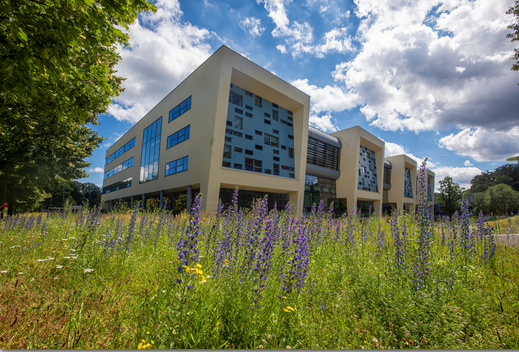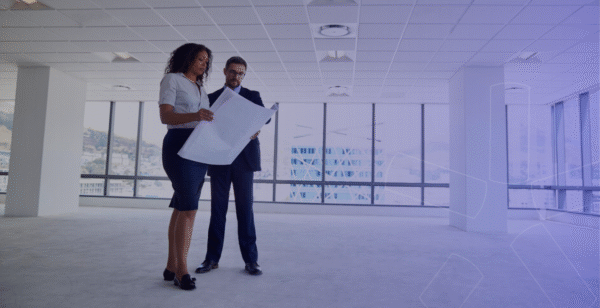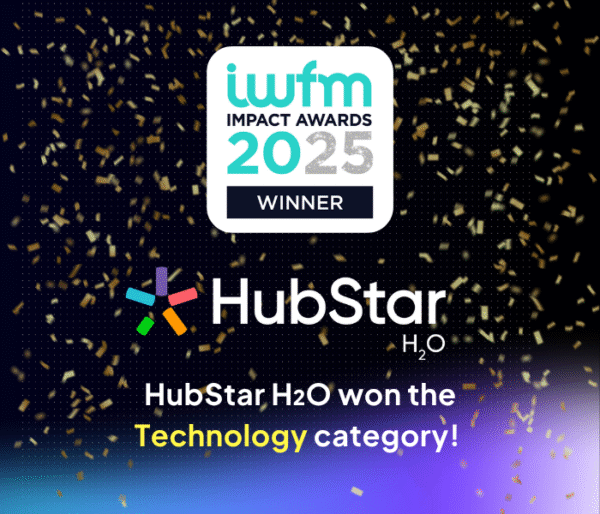3 Ways To Use Campus Occupancy Data with Real Examples: Event Recap
On August 13th, we hosted 80 higher education professionals for a virtual panel that got everyone talking. Joe Harris from HubStar sat down with Bryn Thomas from University of South Wales and Max Popken from Radboud University to understand how campus occupancy data is shaping the estates strategy at both universities.

Last week, we hosted 80 higher education professionals for a virtual panel that got everyone talking. Joe Harris from HubStar sat down with Bryn Thomas from University of South Wales and Max Popken from Radboud University to understand how campus occupancy data is shaping the estates strategy at both universities.
Both panelists manage complex, multi-building campuses and have been using occupancy data to navigate everything from budget cuts to post-COVID hybrid realities.
Here are the three takeaways that had the chat buzzing.
1. Turn gut feelings into hard savings.
Declining student enrolment numbers and budget cuts have bumped finding cost-cutting opportunities to the top of the list of priorities. For both our panellists, accurate occupancy data from across campus revealed estates decisions that saved thousands. And while observation and suggestions from staff and faculty may have initially surfaced them, it was occupancy data collected through sensors and WiFi signals that turned the hypothetical into reality.
Bryn shared a perfect example about demolishing an old accommodation tower block that had been converted to offices.
“Our utilization data for that tower block was really low. We found that a lot of staff were working from home. It was a really old building and quite tired. Operating costs were through the roof, so we were able to make a decision to demolish that building and free our operating budget up.”
On the flip side, when data showed that the brand new £55 million pound building for the computer engineering and science department had classrooms filled and all staff rooms allocated, Bryn’s team could confidently make the decision to build another building, which should be completed in Summer 2026.
At Radboud, Max’s team used campus occupancy data to justify closing most buildings during the last four weeks of term, keeping only essential spaces open.
“You have to have a business case to close buildings – we could look back at Christmas occupancy rates and summer data to show the low utilization justified temporary closures.”
The takeaway: Stop making space decisions based on assumptions. Start with a pilot in one building, gather 3-6 months of data, then scale your approach.
"Operating costs were through the roof, so we were able to make a decision to demolish that building and free our operating budget up."
Bryn Thomas
Space Management Coordinator @ University of South Wales
2. Design study spaces that compete with home.
Students will increasingly study from home. Your job isn’t to fight this trend, but to create campus experiences so compelling they choose to come back.
Both universities are seeing students spending more time off-campus, but they’re using this as a design opportunity.
“Students study more from home now – it’s not the ideal scenario, but we have to adapt,” Bryn explained. “The main way of tackling that is to provide enjoyable spaces for studying.”
University of South Wales is transforming underutilized large lecture halls into collaborative learning environments. “We found that 60-capacity classrooms weren’t being filled. So instead of just trying to cram in as many seats as we can, we can make the space a little brighter and more collaborative just by reducing the capacity.”
Max echoed this focus on creating a “living campus” that draws people in. Even professors are gravitating toward meeting rooms and working cafes over traditional private offices, easing the often difficult behaviour change when professors have had their own offices for decades.
The takeaway: Stop designing spaces for maximum capacity. Start designing for maximum appeal. Create vibrant, flexible environments that offer experiences students can’t get at home – collaboration, community, and connection.
"We're using less space overall, but the remaining space has to be used optimally."
Max Popken
Space Management Employee @ Radboud University
3. Start small, think strategically and measure everything.
With budget cuts and less revenue from enrolment coming in, building a business case to start measuring campus occupancy might seem like a challenge. But our panelists agreed along with Joe, who shared more about how other universities are starting small by measuring occupancy in one building to prove ROI before rolling out campus-wide.
Max’s team recently added 90 sensors to smaller classrooms and will compare that data with timetabling information to optimize scheduling. “We’re using less space overall, but the remaining space has to be used optimally.”
Setting benchmarks and targets, even if they’re loose ones, makes the decision making and ultimately the results happen faster.
For Max’s team, any space with utilization rates between zero and 20% doesn’t reach the desired threshold, and shows that changes need to be made.
Bryn’s team has a goal of hitting 30% utilization by 2030. “For specialist spaces like science labs, we take a hit on utilization because they’re course-specific. But general-purpose teaching rooms? There’s no reason they shouldn’t have high utilization rates.”
The takeaway: Set clear, realistic utilization targets for different space types. Start measuring now, because even basic occupancy data will surprise you and strengthen your next funding request.
See how HubStar helped Radboud University save €55,000
By combining campus occupancy data from HubStar with other data sources, Max's team built a business case to close down buildings over the holiday period, saving the University thousands of euros. Get the full story right here!

Share this post






















